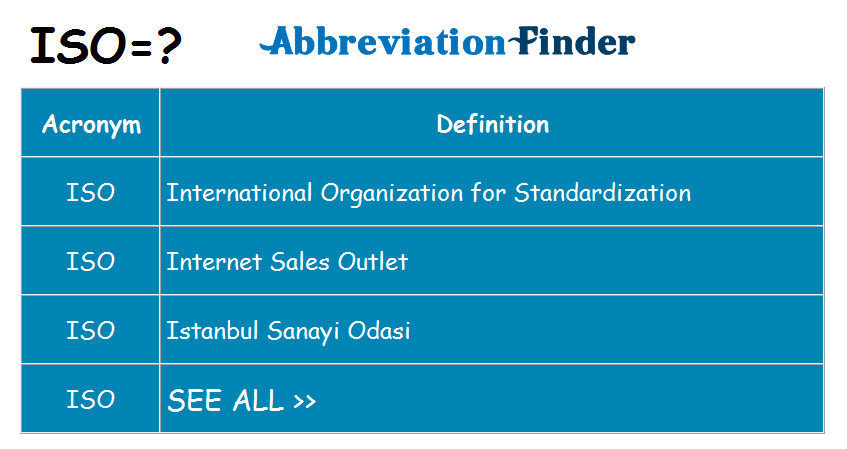What is ISO 14000?
ISO 14000 is made up of a series of standards that determine guidelines to ensure that a company (public or private) practices environmental management. These standards are known by the Environmental Management System (EMS), which is defined by ISO ( International Organization for Standardization).

The main goal of ISO 14000 and its standards is to ensure environmental balance and protection, preventing pollution and potential problems to society and economy.
In order for a company to guarantee its ISO 14000 Certificate, it must commit to the laws provided for in the environmental legislation of its country. This certificate symbolizes that a certain company is concerned with nature and has responsibilities with the environment. Currently, this type of business profile contributes to the appreciation of the company’s products and services and the brand.
In addition to committing to comply with the environmental legislation of the country it belongs to, the company must train its employees to follow all these standards, identifying and seeking solutions to all the likely problems that the company may be causing to the environment, thereby reducing its environmental impact.
ISO 14000 standards
The ISO 14000 set is formed by the following standards:
- ISO 14001: deals with the Environmental Management System (EMS).
- ISO 14004: deals with the Environmental Management System, being destined to the internal use of the Company.
- ISO 14010: are standards on Environmental Audits. They ensure the credibility of all environmental certification processes.
- ISO 14031: are standards on Environmental Performance.
- ISO 14020: are standards on Environmental Labeling.
- ISO 14040: are standards on the Analysis of the Lifecycle.
